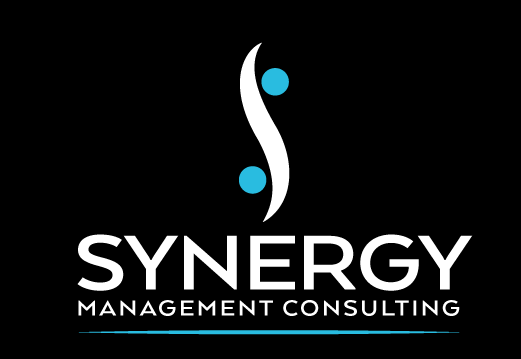
Start with a Clear Vision and Set Specific Goals
Developing a clear vision and setting specific goals are key components of an effective ESG (environmental, social, and governance) strategy. Your ESG strategy should be aligned with your overall business goals and values, and serve as a guide for your sustainability and social responsibility efforts. By setting specific, measurable, achievable, relevant, and time-bound (SMART) goals, you can ensure that your ESG efforts are focused and effective.
Before setting goals, it is important to define your vision for sustainability and social responsibility. This may involve considering your company’s values, mission, and overall business objectives. For example, if your company values innovation and environmental conservation, your ESG vision might involve developing new products with a lower environmental impact and reducing your carbon footprint.
Having a clear vision in place will allow you to begin to set specific, measurable goals that align with this vision. These goals should be SMART, meaning that they are specific, measurable, achievable, relevant, and time-bound. This helps ensure that your goals are clear, actionable, and achievable. For example, instead of setting a general goal of “reducing carbon emissions,” a SMART goal might be “reduce carbon emissions by 20% by 2025 through the implementation of energy-efficient lighting and HVAC systems.”
It is also important to consider the various stakeholders who will be impacted by your ESG efforts when setting goals. This includes shareholders, employees, customers, suppliers, communities, and other stakeholders. Engaging with these stakeholders can help ensure that your goals are relevant and aligned with their needs and expectations. For example, if your employees are concerned about workplace diversity and inclusion, setting a goal to increase the diversity of your workforce may be a relevant and meaningful goal for your ESG strategy.
Once you have set your ESG goals, it is important to regularly review and track your progress towards achieving them. This can be done through internal tracking and reporting, as well as through external reporting methods such as sustainability reports or third-party assurance providers. Regular monitoring and reporting helps ensure that you are on track to meet your goals and allows you to make necessary adjustments if needed.
Overall, developing a clear vision and setting specific, measurable goals are crucial for creating an effective ESG strategy. By following these steps, you can ensure that your ESG efforts are aligned with your business goals and values, and that you are making progress towards a more sustainable and socially responsible future.
Over the next 12 weeks we will expand on each point to give you a much deeper understanding of the next steps to take in developing your Environmental, Social, Governance Strategy.
Don’t miss a post in this series, please subscribe to our blog, or feel free to reach out to us to develop your customized strategic plan and road map.
Ready to start a conversation about achieving breakthrough results?

